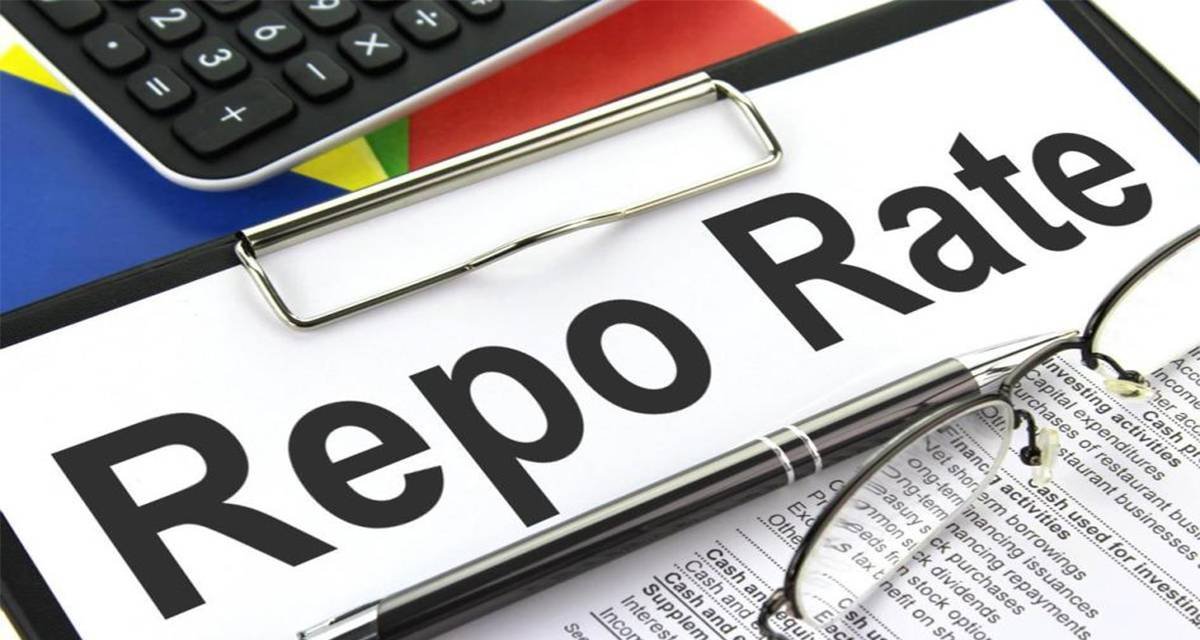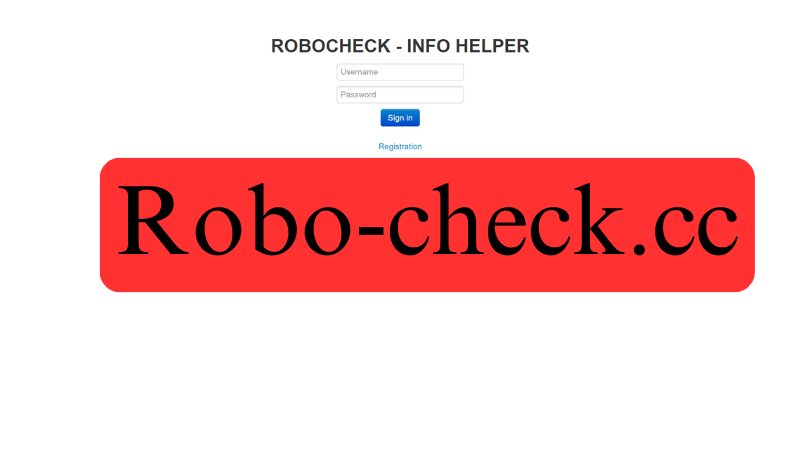The repo rate is a crucial policy tool used by the Reserve Bank of India (RBI) to control inflation in the country. In this post, we will explain the relationship between the repo rate and inflation and how it affects the economy and various sectors, including home loans.
What is Repo Rate?
The repo rate is the rate at which the RBI lends money to commercial banks in the event of a shortage of funds. When banks face a shortage of funds to meet their daily obligations, they can borrow money from the RBI by pledging government securities as collateral. The repo rate is the interest rate charged by the RBI on these borrowings.
The Repo rate is an important tool used by the RBI to manage inflation in the country. When inflation is high, the RBI raises the repo rate to discourage banks from borrowing money and reduce the money supply in the economy. Conversely, when inflation is low, the RBI may lower the repo rate to encourage banks to borrow money and increase the money supply in the economy.
How Does Repo Rate Affect Inflation?
The repo rate has a direct impact on inflation in the economy. When the repo rate is increased, borrowing becomes more expensive for banks, which reduces the amount of money in the economy. This, in turn, reduces the demand for goods and services, leading to a decrease in prices and inflation.
On the other hand, when the repo rate is lowered, borrowing becomes cheaper for banks, which increases the amount of money in the economy. This, in turn, increases the demand for goods and services, leading to an increase in prices and inflation.
The RBI sets the repo rate based on the prevailing economic conditions, including inflation, economic growth, and the global economic situation.
How Does Repo Rate Affect Home Loans?
The repo rate has a direct impact on home loans in the country. Most banks and financial institutions use the repo rate as a benchmark to determine the interest rate on home loans. When the repo rate increases, banks may increase the interest rate on home loans to maintain their profit margins. This, in turn, increases the EMI amount and the total cost of the loan for the borrower.
Conversely, when the repo rate decreases, banks may lower the interest rate on home loans, making it more affordable for borrowers to purchase a home. This can lead to an increase in demand for homes and, in turn, increase the prices of homes in the market.
Conclusion
However, it is important to note that the impact of a Repo Rate hike on your home loan EMI may not be immediate. Banks typically take some time to adjust their lending rates after a change in the Repo Rate. Therefore, even if the RBI increases the Repo Rate, your home loan interest rate and EMI may not increase until a few months later.
The RBI also sets the SLR rate, which is the percentage of deposits that banks must maintain in the form of government securities. When the SLR rate is increased, banks have less money to lend, leading to a decrease in demand for loans, including home loans. This, in turn, can lead to a decrease in home prices in the market.
On the other hand, when the SLR rate is lowered, banks have more money to lend, leading to an increase in demand for loans, including home loans. This can lead to an increase in home prices in the market.
To sum it up, the repo rate is a crucial policy tool used by the RBI to control inflation in the country. It has a direct impact on the economy, including the housing sector. Home loan borrowers should keep track of the repo rate and be prepared for changes in their EMI amount and the total cost of their loan. It is important to compare different lenders and their interest rates before applying for a home loan to get the best deal.



